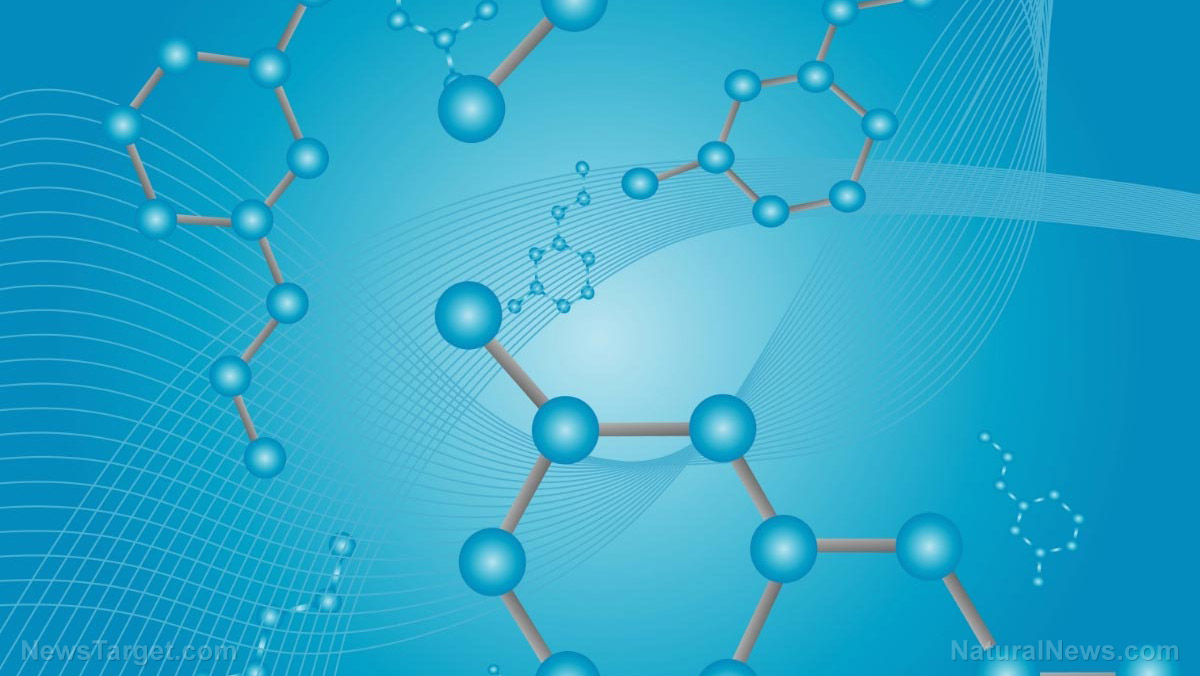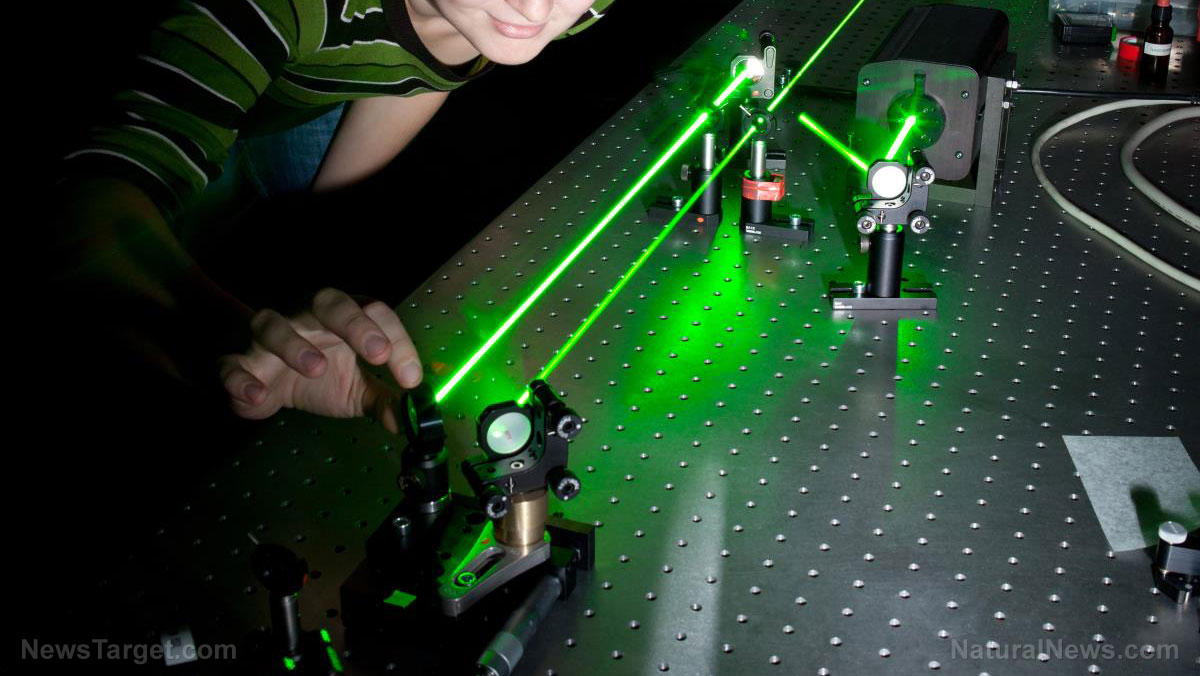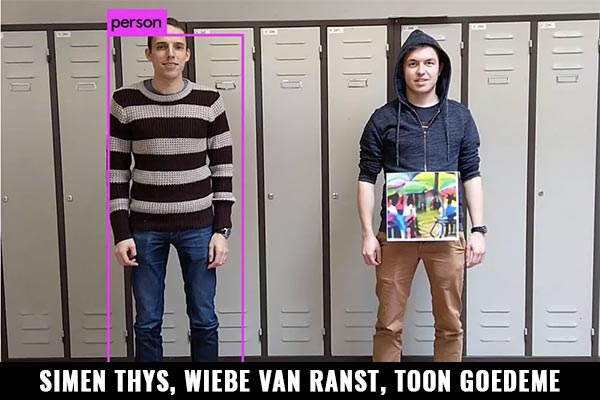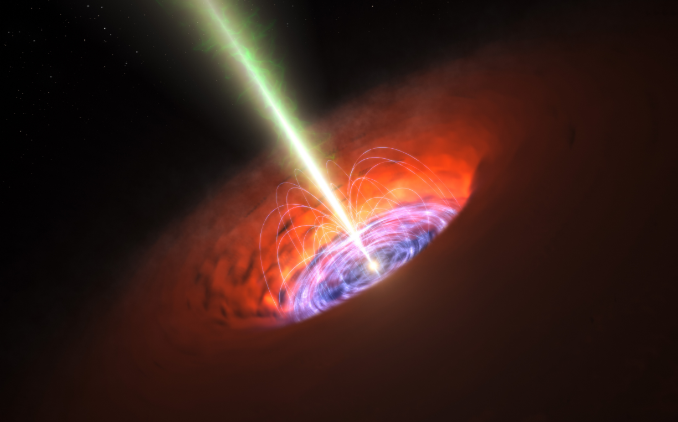Mesmerized by the ocean? To understand why the moon is where it is, start with Earth’s tides
10/30/2019 / By Edsel Cook

As far as the human race remembers, the moon has always been there. But how did it get up there in the first place – and what keeps it revolving around Earth?
By firing lasers at artificial mirrors deployed on the moon, researchers have learned that Earth’s satellite is drifting away at the rate of 1.5 inches (3.8 cm) every year. Meanwhile, studies of lunar rocks have indicated that the moon formed around 4.51 billion years ago.
The data from these experiments supported the giant impact hypothesis – the idea that a collision between Earth and a massive celestial body called Theia produced the moon. (Related: Theia and proto-Earth: Did a planetary collision result in life on Earth over 4.4 billion years ago?)
Earth’s tides affect the rate that the moon moves away from Earth
Researchers ascribed the recession of the moon to changes in the continents and tides of ancient Earth. When the ocean flows over the seabed, it generates friction.
The tides lose energy, which slows down Earth’s rotation. A slower-spinning planet causes the moon to recede, or move away from it.
The shape and size of the ocean’s basins heavily influence the tides. And the oceanic geometry follows the movement of the tectonic plates.
When the plates move, the ocean basins change. So do the tides and the recession of the moon.
Thus, researchers may calculate the position of the moon and the Earth at any point in time using the movement of the tectonic plates.
Now, the strength of the tides relies on the distance between the Earth and the moon. So does the recession rate of the latter.
When the moon was young and orbited very close to Earth, the tides would have been more powerful. As the natural satellite gradually moved away from the planet, the oceanic flows weakened while the recession also slowed down.
The recession rate of the moon may have changed over the eons
Assuming that the moon maintained its current speed of 1.5 inches every year as it traveled away from Earth, then it would have been 13 billion years ago that the two bodies were close together for the moon to form.
However, rock samples show that the moon is only 4.51 billion years old.
Given this discrepancy, researchers suggest that modern tides are abnormally large. They believe that the modern-day North Atlantic Ocean resonates with the ocean flow, thus increasing the recession rate.
Over the eons, the oceans and continents will have changed their size, shape, and positions. The recession rate will change as well, explaining the discrepancy between the moon’s age and speed.
Predicting the position of the moon using ancient sediments
Earth has moved in and out of powerful tide states over time. Factors included continental drift, rotational speed, the length of its day, and the tidal periods.
Researchers know little about the tides during those extended periods. Without that data, they can’t find out how far the moon was from the Earth over the past.
Some researchers think that Milankovitch cycles may have the answer. These cycles originate in the way the Earth circles the sun, as well as the orientation of its axis.
The Earth’s rotation and its distance to the moon may affect some Milankovitch cycles. If researchers succeed in identifying those specific periods, they can make good guesses on the day-length and the distance between the Earth and the moon.
Milankovitch cycles cause physical and chemical changes in ancient sediments. In 2018, researchers from Columbia University studied samples of such sediments from China.
They learned that the moon was 211,887 miles (341,000 km) from Earth around 1.4 billion years ago. Since then, the distance increased to its current state of 238,606 miles (384,000 km).
Read up on other interesting facts about the origin of the moon at Space.news.
Sources include:
Tagged Under: Climate, continents, COOL, cosmos, Earth, earth science, environment, giant impactor, lunar age, lunar rocks, Milankovitch cycles, Moon, moon rocks, Space, space research, tectonic plates, Theia, tides
RECENT NEWS & ARTICLES
COPYRIGHT © 2017 DISCOVERIES NEWS



















